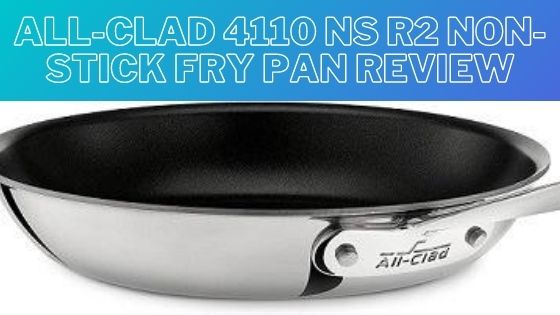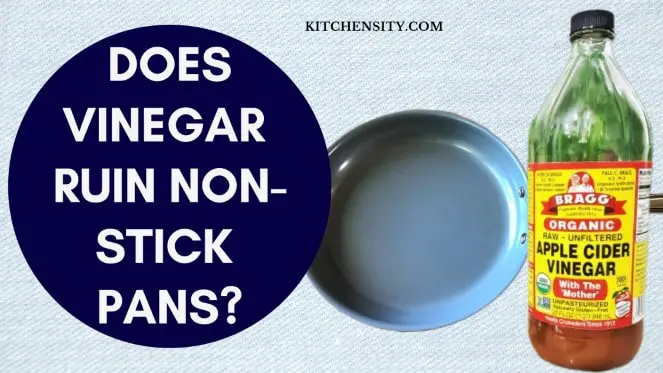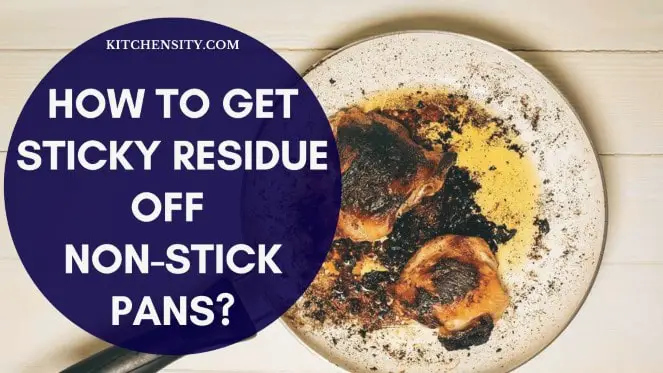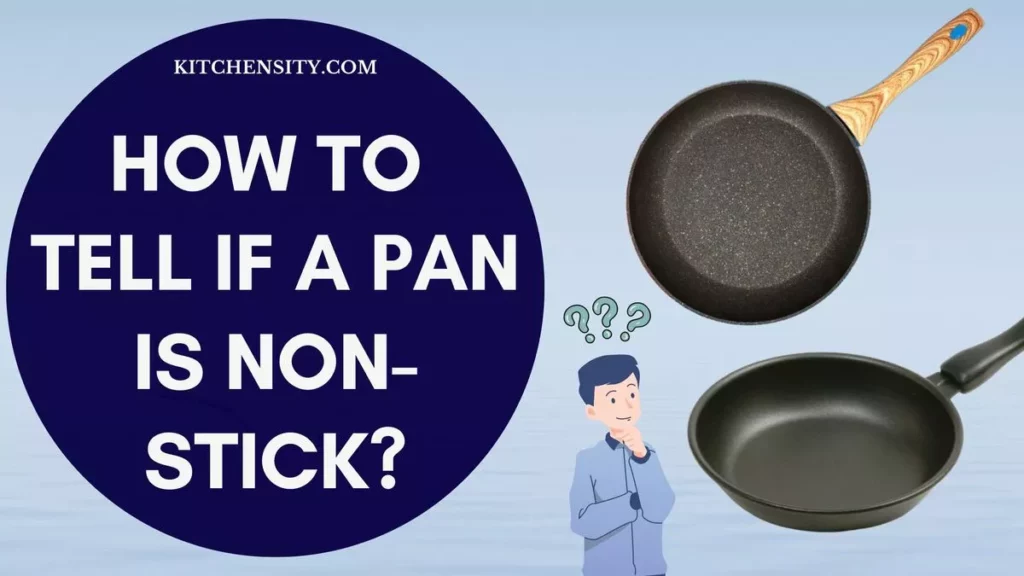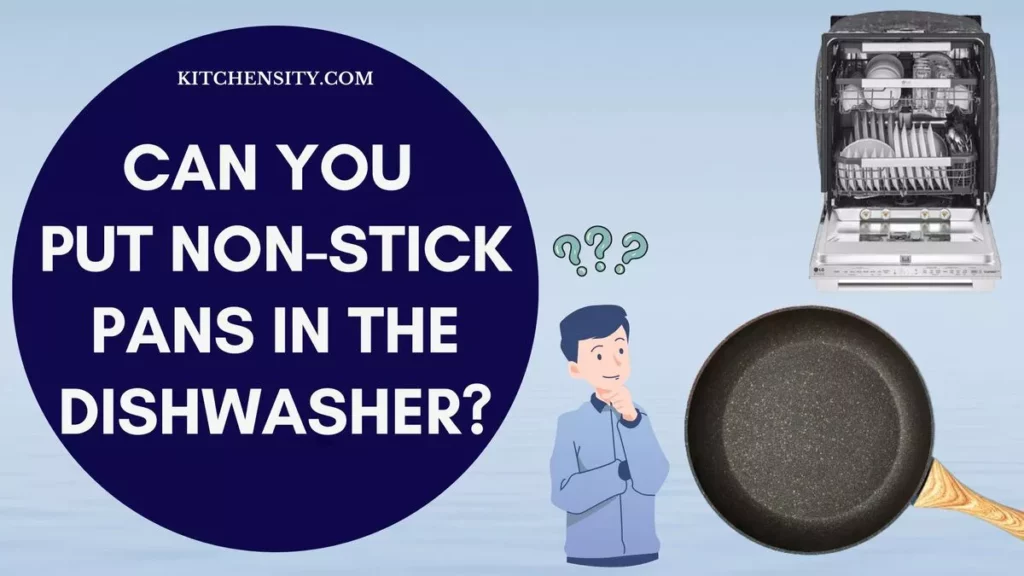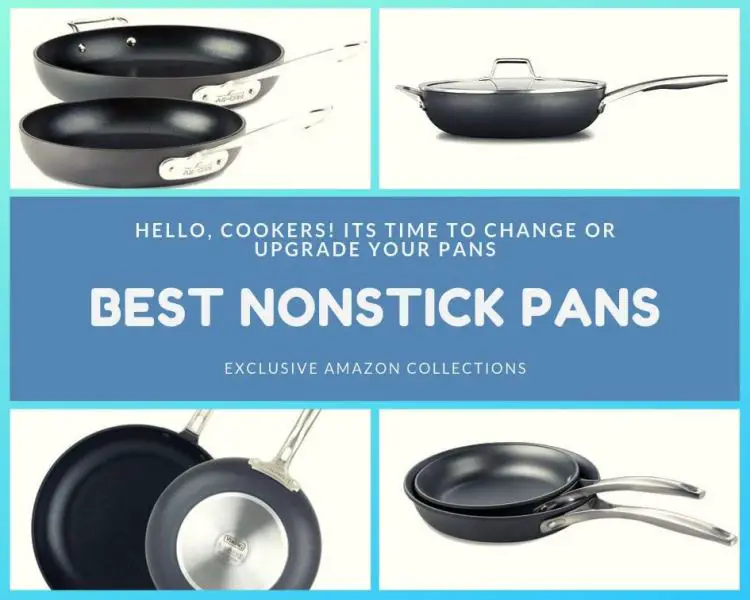Non-stick pans are coated with a layer of non-stick material, usually Teflon or ceramic, which prevents food from sticking and makes cleaning up after cooking a breeze. But, with repeated use, even the best quality non-stick pans can become scratched and lose their non-stick properties.
Non-stick coatings are delicate and can’t be truly repaired once scratched. The scratches can expose the metal underneath, leading to food sticking and potential health risks if the coating flakes off. However, there are a couple of approaches to extend the usable life of your pan potentially:
- Minor scratches: Re-season the pan (Teflon coating only) for a temporary non-stick improvement.
- Temporary fix: Use non-stick cookware spray for Teflon and ceramic pans, but reapplication is needed.
Always, carefully handle your non-stick pan and avoid using metal utensils to prevent further scratches. If pans are badly scratched or coating flakes, discard them for safety.
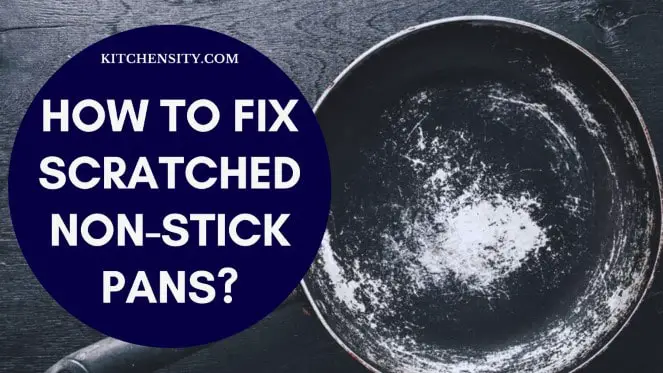
Table of Contents
- 1 Why Non-Stick Pans Got Scratched?
- 2 What Happens If You Use A Scratched Non-Stick Pan?
- 3 How To Fix Minor Scratches On Non-Stick Pans?
- 4 How To Fix Deep Scratches On Non-Stick Pans?
- 5 What To Do With Scratched Nonstick Pans?
- 6 Is A Scratched Non-Stick Pan Toxic?
- 7 How To Prevent Scratches On Non-Stick Pans?
- 8 Final Thoughts On Fixing Scratched Teflon Pans.
- 9 YOU MAY ALSO LIKE:
- 10 FAQs
Why Non-Stick Pans Got Scratched?
Non-stick pans can get scratched for a couple of reasons. Using metal utensils like spatulas or forks can scrape the delicate coating. Similarly, rough cleaning with abrasive sponges or scouring pads can damage the surface. Exposing the pan to high heat for extended periods can also break down the non-stick properties. Finally, even storing non-stick pans stacked together without a buffer between them can cause scratches.
What Happens If You Use A Scratched Non-Stick Pan?
Using a scratched non-stick pan can lead to several issues. First, the scratches can worsen over time, potentially exposing the underlying metal and causing food to stick more easily. This can compromise the pan’s non-stick properties, leading to uneven cooking and cleaning challenges. Also, scratched pans may release harmful chemicals into your food, especially if the scratches are deep and reach the non-stick coating.
So, using a scratched non-stick pan can potentially lead to health risks, food contamination, and decreased cooking performance. It’s always best to avoid using heavily scratched non-stick pans and replace them if necessary to ensure your safety and the safety of your food.
How To Fix Minor Scratches On Non-Stick Pans?
To fix minor scratches on Teflon-coated non-stick pans, try re-seasoning the pan to improve its nonstick properties.
- Wash the pan thoroughly with warm, soapy water and a non-abrasive sponge.
- Dry the pan completely.
- Apply a thin layer of vegetable oil to the entire surface using a paper towel or cloth.
- Heat the pan over low heat for a few minutes.
- Turn off the heat and let the pan cool completely.
- Repeat steps 3-5 one or two more times.
Note: This method is only applicable to pans with Teflon or similar coatings, and might not completely restore the original nonstick performance.
How To Fix Deep Scratches On Non-Stick Pans?
Unfortunately, no safe and effective way to fix deep scratches on non-stick pans exists. The scratches expose the metal underneath, which can cause sticking and potentially release harmful coating flakes into your food.
But anyway, if you want it to be restored, you can try these steps to fix it. Here are some tips on how to fix deep scratches on non-stick pans:
- Before attempting to fix the scratch, it’s important to assess the depth of the scratch. If the scratch is very deep, it may not be fixable.
- First, thoroughly clean the pan with warm, soapy water and dry it completely before fixing the scratches.
- After that, apply the non-stick repair kit to the scratched areas as instructed. Non-stick coating repair products are available on the market that can be used to fix deep scratches. These products are usually a two-part system that involves applying a primer and a topcoat to the scratched area. Follow the instructions on the product carefully to ensure the best results.
To prevent further scratches, avoid using metal utensils and use wooden or silicone utensils that are gentler on the surface. If the scratches are too deep or the non-stick coating is peeling off, then it may be time to replace the pan. It’s better to invest in a new pan than to risk potential health problems.
What To Do With Scratched Nonstick Pans?
If the scratches are minor and not affecting the performance of the pan, you can continue using it. Just be mindful of using gentle utensils and avoid further scratching. If the scratches are extensive, you can repurpose the pan for tasks where non-stick properties are less critical, such as heating sauces or melting butter.
And if the pan is no longer usable, consider recycling it if possible. Some areas have programs for recycling metal cookware. Otherwise, dispose of it according to local waste disposal guidelines.
Is A Scratched Non-Stick Pan Toxic?
A scratched non-stick pan may release toxic compounds if the scratches expose the underlying material, such as aluminum or other metals, or if the non-stick coating itself is damaged. These compounds can include perfluorooctanoic acid (PFOA) or polytetrafluoroethylene (PTFE), which are used in some non-stick coatings and can be harmful if ingested.
While minor scratches may not pose an immediate health risk, it’s important to monitor the condition of your non-stick pans and replace them if they become extensively scratched or damaged.
How To Prevent Scratches On Non-Stick Pans?
Here are some tips to prevent scratches:
- Avoid using metal utensils, use silicone or wooden utensils, when cooking with non-stick pans.
- Avoid cooking with high heat, as this can damage the non-stick coating.
- Don’t stack your non-stick pans on top of each other. Store carefully, either by hanging or using pan protectors.
- Use a soft sponge or cloth to clean your non-stick pan, and avoid using abrasive sponges or cleaning products.
Final Thoughts On Fixing Scratched Teflon Pans.
Fixing scratched Teflon pans can be challenging, and the effectiveness of repair methods can vary. For minor scratches, re-seasoning or applying a thin layer of cooking oil may help improve the appearance and performance of the pan. However, for deep scratches, it may be best to replace the pan, as DIY fixes may not be effective and could potentially damage the pan further.
Preventing scratches in the first place by using soft utensils, cooking at appropriate heat levels, and storing pans carefully is key to maintaining the longevity of your non-stick cookware. If you’re unsure about how to proceed, it’s always a good idea to consult the manufacturer or a professional for advice.
YOU MAY ALSO LIKE:
- Best Non-Stick Cookware Brands
- What To Look For When Buying Non-Stick Cookware?
- Best Nonstick Pans for Gas Stoves
- Why Do Metal Handles Of Pans Get Hot?
- Does Enamel Cast Iron Chip?
- How to Season a Nonstick Pan for the First Time?
- How To Season A Ceramic Frying Pan – 1 Hidden Method Revealed
- How To Season Stainless Steel Pots And Pans?
- How To Season And Clean Cast Iron Cookware?
FAQs
-
Is It Safe To Use Scratched Non-Stick Pan?
Using a scratched non-stick pan is not recommended as it can pose health risks. The non-stick coating can flake off and mix with your food, which can be ingested and potentially cause health problems.
-
Can You Fix A Scratched Non-Stick Pan?
Yes, you may be able to fix a scratched non-stick pan depending on the extent of the damage. If the scratches are minor, you can try seasoning the pan to fill in the scratches and improve its non-stick properties. But, if the scratches are deep or the non-stick coating is flaking off, it’s time to replace the pan for safety reasons.
-
Can You Use Steel Wool On A Non-Stick Pan?
No, steel wool can scratch the non-stick coating of a pan. Use a non-abrasive sponge or cloth instead.
-
Can You Put A Scratched Non-Stick Pan In The Dishwasher?
It is not recommended to put non-stick pans in the dishwasher, as the high heat and abrasive detergents can damage the non-stick coating.
-
Can You Use Cooking Spray On A Non-Stick Pan?
Using cooking spray on a non-stick pan can cause a buildup of residue that can damage the non-stick coating over time. Instead, use a small amount of oil or butter to prevent food from sticking.
Katrina Smith is a seasoned expert with over 25 years of experience in all things related to cooking and the kitchen. As an avid cook and kitchen enthusiast, she is passionate about sharing her knowledge and expertise on cookware, kitchen appliances, kitchen tips, and kitchen staples.
Through her articles and reviews, Katrina aims to inspire and help others improve their cooking skills, experiment with different ingredients, and invest in quality cookware and appliances.

